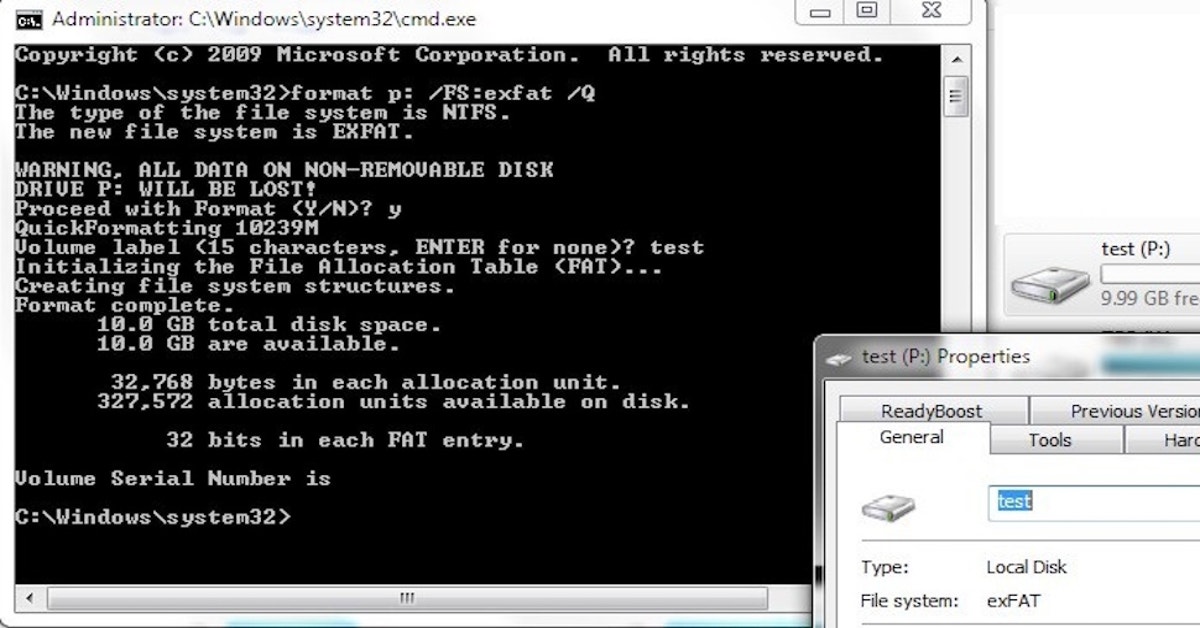
- Cant access my hd idefrag how to#
- Cant access my hd idefrag for mac#
- Cant access my hd idefrag mac os x#
- Cant access my hd idefrag full#
- Cant access my hd idefrag password#
(1) Apps downloaded from the App Store: Click the Launchpad icon in the Dock, and search for the app in Launchpad interface. When uninstalling antivirus/security or malware software, the better option is to reboot your Mac into Safe Mode to prevent automatic launch, and then perform the uninstallation.Īdditionally, if iDefrag 5.2.1 comes with a built-in uninstaller, or it was installed via the Mac App Store, there is an alternative way you can take to perform the uninstallation. To find out and kill related background process(es), you can run Activity Monitor (located in /Applications/Utilities folder) instead. To quit an app, the common way is to right click app icon on the Dock and choose Quit option. Why I cannot delete iDefrag 5.2.1? Being prompted that “The item iDefrag 5.2.1 can’t be moved to the Trash because it’s open”? This message occurs because iDefrag 5.2.1 (or its background process) is still running. This act is irrevocable so you must do it with caution. Note that the moment you empty the Trash, the app will be permanently removed from your Mac.
Cant access my hd idefrag password#
During the process, you may be prompted to enter an administrator’s password to make the deletion take effect. Or choose right click Trash icon, choose Empty Trash, and Empty Trash again in the pop-up dialog.īesides, you also can trash the app from the Launchpad interface. Step 5: Choose Finder > Empty Trash from the Menu bar.Step 4: If prompted, enter administrator password and hit OK to allow the change.Also, you can right-click/control click iDefrag 5.2.1 icon and then choose Move to Trash option from the sub menu. Step 3: Search for iDefrag 5.2.1 in the /Applications folder, then drag its icon to the Trash icon located at the end of the Dock, and drop it there.Step 2: Launch Finder on your Mac, and click Applications in the Finder sidebar.Step 1: Quit iDefrag 5.2.1 as well as its related process(es) if they are still running.Here’s the regular steps to uninstall iDefrag 5.2.1 on Mac: In most circumstances you can take the drag-and-drop way to delete iDefrag 5.2.1 from your computer.
Cant access my hd idefrag mac os x#
Most Mac apps are self-contained, and the trash-to-delete option works on all versions of Mac OS X and later. Question 1: How can I uninstall iDefrag 5.2.1 from my Mac? So, when you decide to uninstall iDefrag 5.2.1 on Mac, you will need to tackle the following two questions. The trash-to-delete method may leave some junk files behind, resulting in incomplete uninstall. That means, if you simply trash the app and think the removal is done, you’re wrong. Additionally, some apps may create supporting files, caches, login files scattering around the system directory. General knowledge: Once installed, an app is typically stored in the /Applications directory, and the user preferences for how the app is configured are stored in ~/Library/Preferences directory.
Cant access my hd idefrag how to#
If you have no clue how to do it right, or have difficulty in getting rid of iDefrag 5.2.1, the removal solutions provided in the post could be helpful. This page is about how to properly and thoroughly uninstall iDefrag 5.2.1 from Mac. Removing applications on Mac is pretty straightforward for experienced users yet may be unfamiliar to newbies.
Cant access my hd idefrag for mac#
Once the disk was repaired I was able to successfully use Boot Camp Assistant to repartition the drive and install Windows.Perfect Solutions to Uninstall iDefrag 5.2.1 for Mac After that completed I also repaired permissions, but I’ve done that from the OS previously and doubt it contributed to fixing the problem.

What appears to have corrected the problem was to boot from a Snow Leopard install disc, open Disk Utility, and run the “Repair Disk” command. Ultimately, I think the problem was caused by previously having a Boot Camp partition installed, which made some writes to the startup device that were not removed the first time the partition was removed. After reading some more suggestions I ran iDefrag again but this time selected the “Compact” option. Next, I moved a large Parallels VM image to a USB drive, deleted the original, and then restored it.

Cant access my hd idefrag full#
I tried running iDefrag in Full Defrag mode. The disk cannot be partitioned because some files cannot be moved. Unfortunately, every time I ran the Boot Camp Assistant to repartition the Mac I received the following error: Windows had been previously installed and then removed. I recently decided to add a Windows partition to a Mac (OS X 10.6) system via Boot Camp. I was then able to run a “Full Defrag” using iDefrag. I also repaired permissions (again) but I think running “Repair Disk” is what fixed the problem. The solution was to boot from an install disc (Snow Leopard at the time) and run “Repair Disk”. The Short Version: A Boot Camp partition that had been removed left modifications that needed to be cleaned up.


 0 kommentar(er)
0 kommentar(er)
